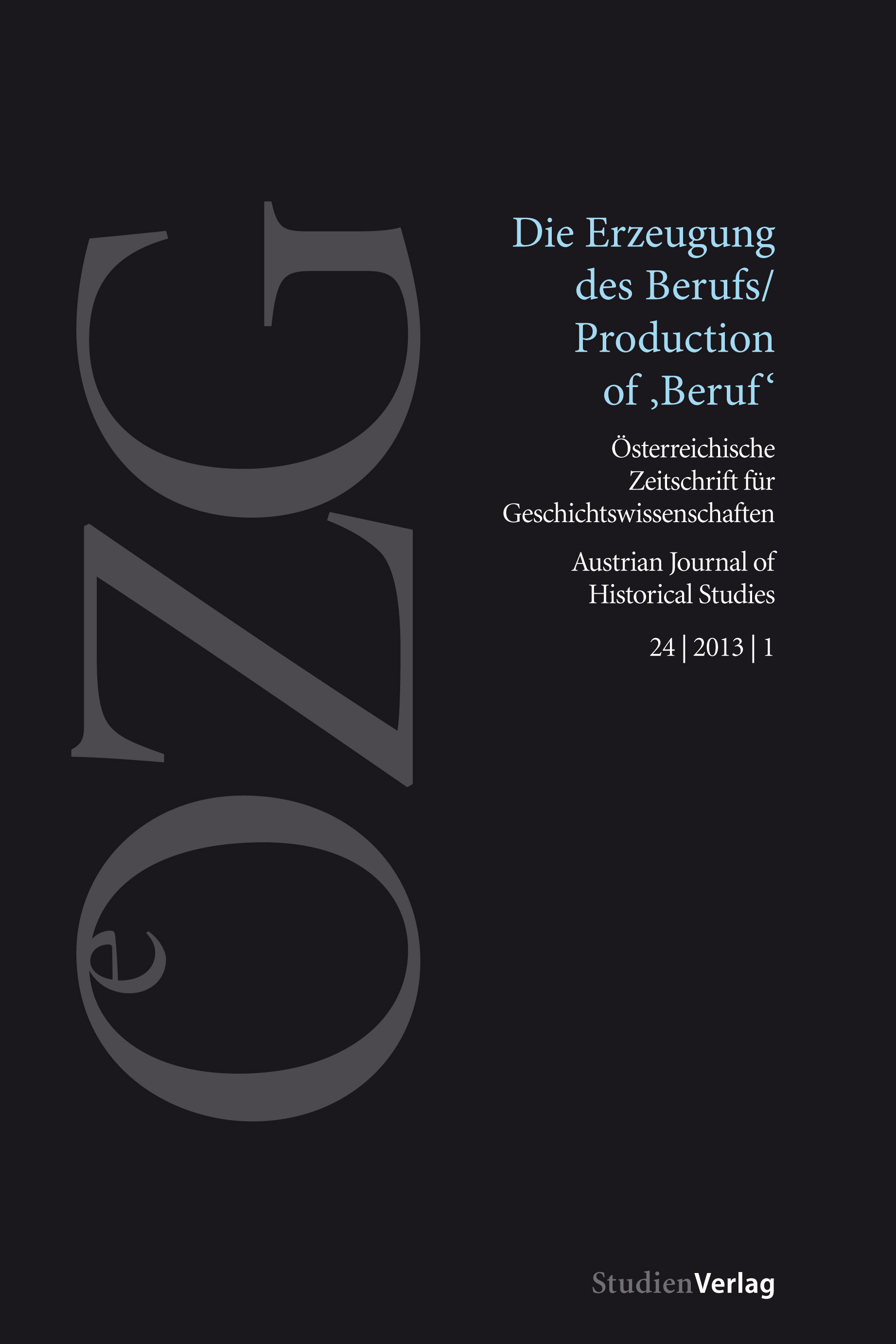Conceptualizing Work/Employment in India
A Study of Chakri in Colonial Bengal (19th–20th centuries)
DOI:
https://doi.org/10.25365/oezg-2013-24-1-9Keywords:
bhadralok, chakri, colonial Bengal, kaaj, servitudeAbstract
This paper examines chakri as a distinct category of work in colonial Bengal. It traces the emergence of chakri in Bengal’s encounters with colonialism, and the subsequent association of the category with ”English education” and the bhadralok (literally, ”respec- table ones”). Chakri was and continues to be a referent of white-collar jobs in Bengal. In addition, it was crucial to consolidating respectability, as the bhadralok distinguished themselves from those who engaged in manual or menial labour (e.g., peasants, domestic workers etc.). However, a closer look at the terms chakure (employee) and chakor (servant) reveals differing connotations. Characteristics embedded in the notion of chakor – service, servitude and loyalty – noticeably blurred the lines that divided respectable work from manual-menial labour. Yet divisions between these two were maintained, even as the undertones of servant varied morally within the socioeconomic categories of chakure and chakor. At the same time, this study extends beyond immediate concerns of livelihood in order to encompass broader yet interrelated realms of citizenship and nation building.


